Plain Bearings (Sleeve/Journal)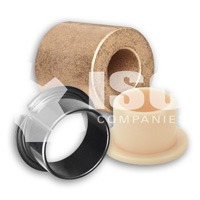
ISC Companies and affiliate Adams-ISC are distributors of mechanical power transmission parts including plain/sleeve bearings. For more information about the brands we offer and/or pricing, please contact us by phone 763-559-0033, by email [email protected], or by filling out our online contact form.
Plain bearings are bearings with non-rolling elements. They are very simple and designed to support shafts that are fixed on a plane. They are often referred to as bushings or sleeve bearings (journal bearings). However, a bushing is used to take up intermediary space and a sleeve is a fitting or fixture.
A plain bearing consists of a shaft, also called a journal, and a supporting sleeve. Plain bearing types are generally cylindrical designs that are commonly called straight-bore plain bearings. If the design incorporates a perpendicular surface, they are called flange-type plain bearings. The shaft bore (inside race) and the housing bore (outer race) can be used as the bearing surface or the retaining surface. The flange may be used as a seating or positioning component as well as a thrust wearing surface.
A plain bearing can accept any direction of rotation and can accommodate radial, linear, axial, and oscillating motion. Types of plain bearings include metallic and non-metallic and, within that grouping, there are un-lubricated and self-lubricating types.
Metallic Plain Bearing
Advantages include: a higher load capacity than non-metallic types, a wide temperature range, structural integrity, and a good cost-to-performance ratio.
Non-Metallic Plain Bearing
Can handle shock and vibration. They are made by injection molding, compression molding, extrusion, machining, etc.
Plain Bearing Lubrication
Plain bearings are separated by those that require lubrication and those that are self-lubricating. Friction is minimized by maintaining a very thin film of lubricant between stationary and rotating components.
Plain Bearings Requiring Lubrication
Degrees of plain bearing lubrication:
- Boundary: bearing and shaft rub together with a thin film of lubricant on the surfaces.
- Mixed-film: part of the load is supported on a boundary film and the other part, by hydrodynamic pressure.
- Full-film or hydrodynamic: a thick, continuous film of lubricant separates shaft and bearing.
- Hydrostatic: external pumps supply pressure to the lubricant, providing a full film.
Lubrication grooves are machined in the inner race to assist in even distribution. A through-hole is drilled in the bearing wall to allow entry of grease or oil. Another design incorporates a lubrication hole drilled into the center of the shaft. Grease is pumped through the shaft and is dispensed through the drilled hole. Dimples on the bearing surface can help trap and retain lubrication.
Sintered bearings are made from powdered metals that disintegrate in extreme temperatures. They are saturated with oil that is drawn out with heat creating a film of oil that reduces friction and dissipates heat. Additional lubrication is still recommended.
Self-Lubricating Plain Bearings
These bearings can be used in applications where no other bearing type can—such as extreme temperatures, full submersion, and corrosive environments. The term self-lubricating refers to having some kind of solid-based lubricant as a component part of the bearing structure.
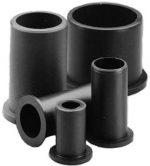
Common Designs of Self-Lubricating Plain Bearings:
- Solid Lubricant Liners: A thin layer of low-friction material that is bonded to the surface of the bearing body.
- Lubrication Plugs and Filled Grooves: Holes drilled through the bearing wall are filled with lubricating plugs usually made of carbon graphite or Teflon.
- Self-lubricated Bearing Plastics: Special plastic materials are formed into bearings with lubricating agents like synthetic and natural oils, Teflon, graphite, molybdenum, etc.
Top Brands We Offer
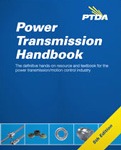 Content on this page was created using excerpts from the Power Transmission Handbook (5th Edition), which is written and sold by the Power Transmission Distributor’s Association (PTDA).
Content on this page was created using excerpts from the Power Transmission Handbook (5th Edition), which is written and sold by the Power Transmission Distributor’s Association (PTDA).
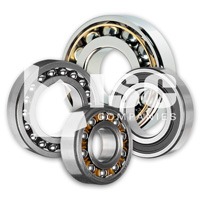
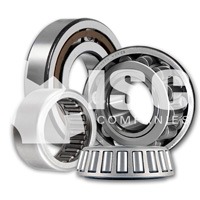
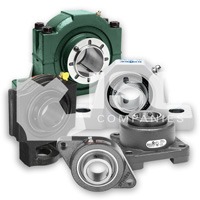
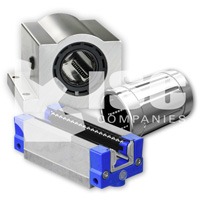
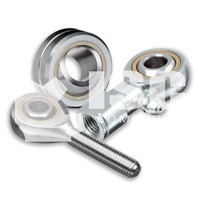












You must be logged in to post a comment.